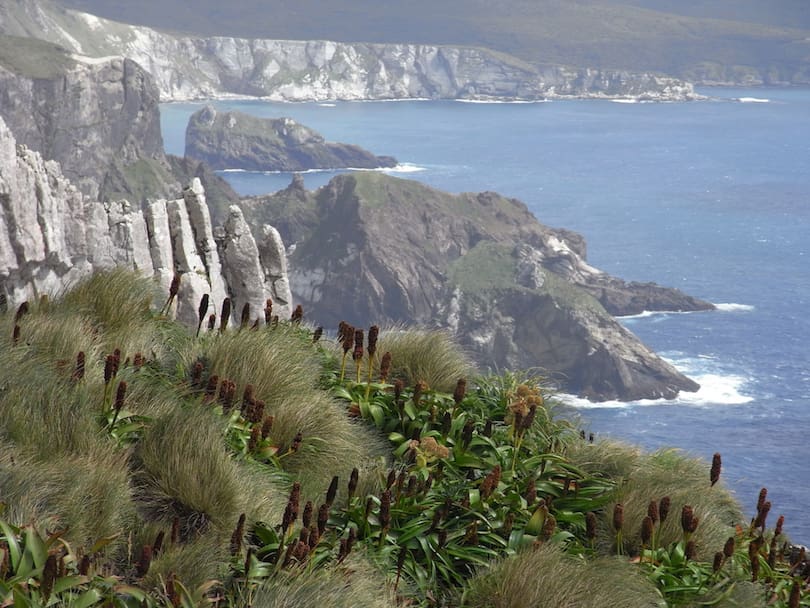Kaza is a small town located in the Spiti Valley of Himachal Pradesh, India. It is surrounded by beautiful mountains, valleys, and rivers, making it a popular destination for adventure seekers and nature lovers. In this article, we will explore the top 5 places to visit in Kaza.
1. Key Monastery
Key Monastery, also known as Kye Gompa, is a famous Tibetan Buddhist monastery located in the Spiti Valley. It is situated at an altitude of 4,166 meters and is known for its beautiful architecture and intricate carvings. The monastery houses a large collection of ancient Buddhist scriptures, murals, and thangkas.
2. Kibber Village
Kibber Village is a beautiful village located in the Spiti Valley. It is known for its breathtaking landscapes and stunning views of the surrounding mountains. The village is also home to the Kibber Wildlife Sanctuary, which is a habitat for several endangered species of animals like snow leopard, ibex, and Tibetan woolly hare.
3. Chandratal Lake
Chandratal Lake, also known as Moon Lake, is a beautiful high-altitude lake located near Kaza. The lake is situated at an altitude of 4,300 meters and is known for its crystal-clear water and stunning views of the surrounding mountains. It is a popular destination for camping and trekking.
4. Pin Valley National Park
Pin Valley National Park is a beautiful national park located near Kaza. It is known for its diverse flora and fauna and is home to several endangered species like snow leopard, Siberian ibex, and Himalayan griffon. The park is also home to several trekking trails, making it a popular destination for adventure seekers.
5. Kunzum Pass
Kunzum Pass is a high-altitude pass located near Kaza. It is situated at an altitude of 4,590 meters and is known for its stunning views of the surrounding mountains and valleys. The pass is also a gateway to the beautiful Spiti Valley and is a popular destination for bikers and trekkers.
In conclusion, Kaza is a small town that is blessed with natural beauty and offers a unique experience to its visitors. The top 5 places to visit in Kaza that we have covered in this article are Key Monastery, Kibber Village, Chandratal Lake, Pin Valley National Park, and Kunzum Pass. So, if you are planning a trip to Kaza, do not miss out on these wonderful destinations.
FAQs
- What is the best time to visit Kaza? A: The best time to visit Kaza is from May to October when the weather is pleasant and ideal for outdoor activities.
- Are there any accommodation options near these tourist places? A: Yes, there are many hotels and guesthouses near these tourist places where you can stay.
- Is photography allowed at these places? A: Yes, photography is allowed at all these places, but it is advisable to check before clicking pictures.
- Is there any entry fee for these tourist places? A: Yes, there is an entry fee for most of these tourist places, and the charges may vary depending on the type of tourist attraction. It is advisable to check before visiting.






